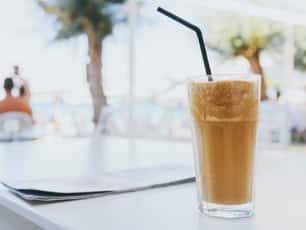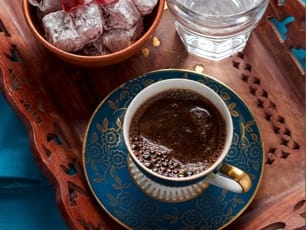Countries of consumption.
Coffee is consumed all over the world. The largest consumer is currently the European Union, specifically Germany, followed by the United States of America and Brazil. However, the Scandinavian countries come out on top when it comes to drinking coffee. They grind their way through 12 kilos of coffee per person, per year, according to statistics from the International Coffee Organization (ICO). Italy and the Mediterannean countries consume around 5kg per year per capita. Coffee is an integral part of Italian culture, with approximately 8 million bags of green coffee beans imported annually. Mocha and espresso, the most common preparation methods in the Mediterranean countries, require smaller coffee per cup quantities. However, if the classification lays on the number of drinks consumed, these countries would undoubtedly rise in the ranking.









